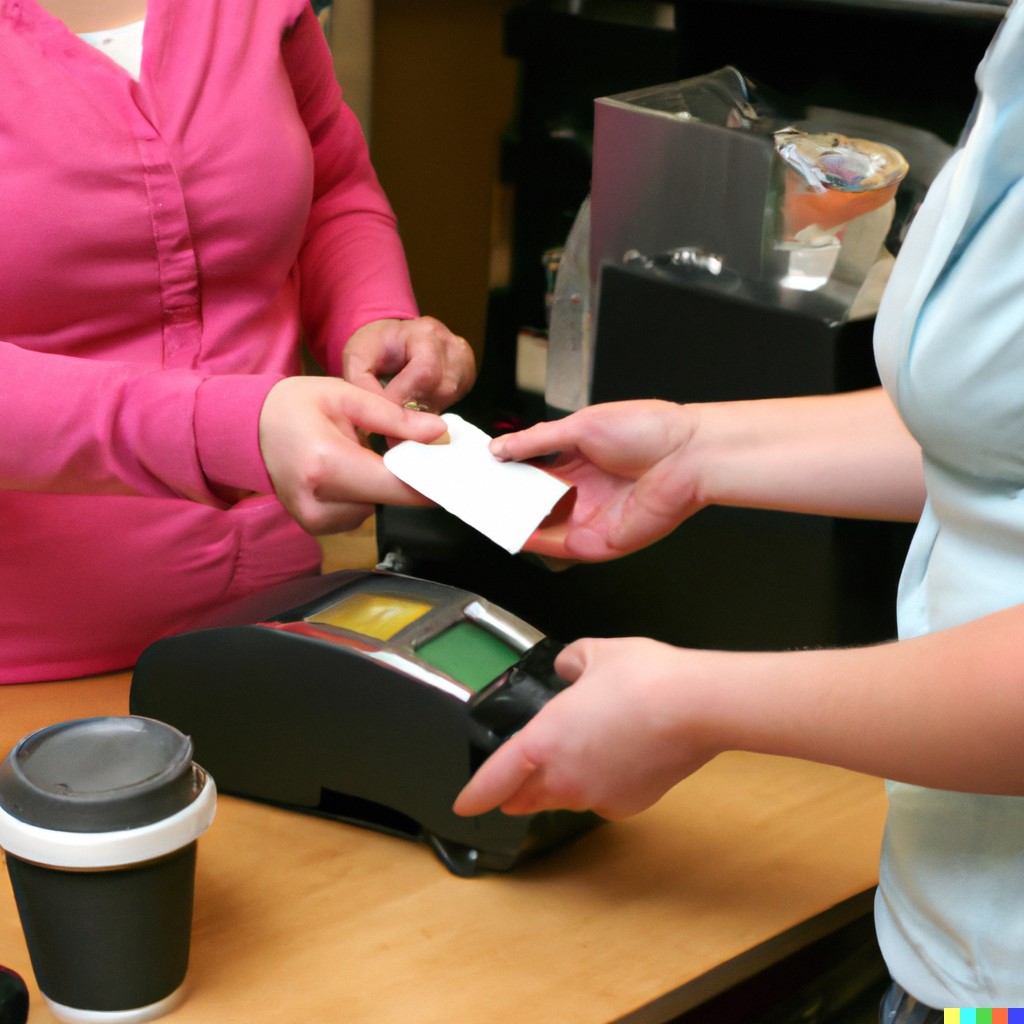Credit Card Fraud

Credit card fraud is a form of identity theft that involves unauthorized use of someone else's credit card information to make fraudulent purchases or withdrawals. It can happen through various means, including stolen cards, card skimming devices, phishing, self-disclosure, or hacking into corporate databases.
Credit card cracking and credit card fraud share many of the same characteristics. The main difference is that credit card fraud typically happens without the knowledge of the victim, whereas credit card cracking involves the victim in the scheme in one way or another.
If your credit card company or bank has reimbursed your financial loss (or will remove the fraudulent charges from your account), they become the monetary victim and must reach out to law enforcement for further assistance.
Signs of Credit Card Fraud
- Unauthorized Transactions: You may notice unauthorized transactions, withdrawals, or suspicious account activity after sharing your card information. Unfamiliar charges appear on your statement because thieves are using your credit card.
- Unexpected Declines: Your card is rejected unexpectedly because thieves have made charges reaching your card limit.
- Missing Statements: If your credit card statements suddenly stop arriving, felons might have changed the mailing address to prevent you from reviewing them.
- Unusual Account Activity: Unexpected changes in your credit report or account details.
- Unsolicited Offers: Individuals receive unsolicited messages or advertisements promising quick cash or financial rewards in exchange for providing their debit card details.
- Requests for Card Information: Fraudulent email or SMS messages explicitly request sensitive information, including debit card numbers, PINs, and online banking credentials. See Phishing emails and smishing.
Prevention Tips
- Monitor Account Activity: Review bank statements and account activity for unauthorized transactions. Report suspicious activity to the bank immediately.
- Enable Alerts: Set up transaction alerts to receive notifications of unusual activity.
- Use Secure Websites: Only make online purchases from reputable and secure websites (check for "https://").
- Secure Social Media Accounts: Adjust privacy settings on social media platforms to limit personal information exposure and reduce the likelihood of being targeted. See the Office of the Privacy Commissioner of Canada Tips for using privacy settings. Or see National Cybersecurity Alliance (staysafeonline.org) Manage Your Privacy Settings.
- Avoid Sharing Sensitive Information: Remind individuals never to share sensitive financial information, such as debit card details and PINs, in response to unsolicited messages or offers.
- Two-Factor Authentication (2FA): Enable 2FA on online banking accounts to add an extra layer of security, requiring additional verification beyond passwords. See Cybersecurity & Infrastructure Security Agency (CISA) More than a Password.
Recovering from the scam
- Contact Your Bank or other Financial Institutions: Report the incident to your bank or credit card issuer immediately. Provide details of unauthorized transactions and any relevant information.
- File a Police Report: If necessary, file a police report to document the fraud. This report may be required by the bank or relevant authorities during the investigation. For Montgomery County residents, call 301-279-8000 (for non-emergency help).
- Credit Bureaus: Contact major credit bureaus (Equifax, Experian, TransUnion) to place a credit freeze on your credit report. Identity Theft explains how to do this.
- Monitor Accounts: Keep a close eye on your accounts for any additional unauthorized transactions.
- Monitor Credit Reports: Keep a close eye on credit reports for any signs of identity theft. Report any suspicious activity to the credit bureaus. See Identity Theft for how to report suspicious activity.
- Install Security Software: Use reputable antivirus and anti-malware software to protect devices from potential threats that may have been introduced during the card cracking scheme.
- Secure Your Accounts: If you share personal information with the scammer, change your passwords and enable two-factor authentication where possible. See Cyber Crime Prevention for more information.
References:
- Federal Trade Commission. (2022). Lost or Stolen Credit, ATM, and Debit Cards . Retrieved from https://www.consumer.ftc.govhttps://consumer.ftc.gov/articles/lost-or-stolen-credit-atm-debit-cards
- Federal Trade Commission. (2022). Credit card debt relief that wasn’t. Retrieved from https://consumer.ftc.gov/consumer-alerts/2022/11/credit-card-debt-relief-wasnt
- Credit card fraud. (2024). Retrieved from https://en.wikipedia.org/wiki/Credit_card_fraud
- Wizer Security Awareness Training. (2025 January 27). I Got Scammed by a Fake Hotel Employee. Retrieved from https://www.youtube.com/watch?v=JcEbWmWquE8.

